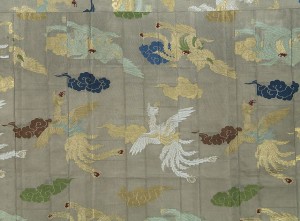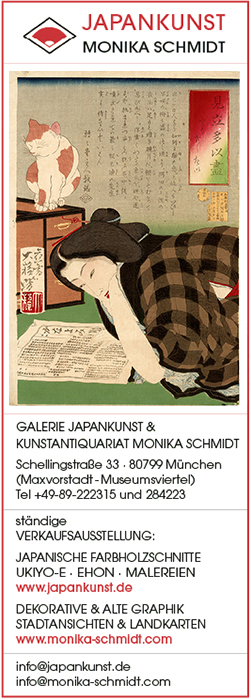 Vortrag
Vortrag
des führenden Textilexperten Alan Kennedy
(Paris, New York) in englischer Sprache
Donnerstag, 16. Mai 2013, 18 Uhr
Ort: Museum für Asiatische Kunst,
Medienraum der Ostasiatischen Kunstsammlung
(14195 Berlin, Lansstr. 8)
The most important Buddhist garment presumably originated during the lifetime of Sakyamuni, the founder of Buddhism in the sixth century BCE. The earliest surviving examples of this patchwork robe are preserved in Japan, where they are called kesa.
Essential to the understanding of the history of kesa in Japan is an awareness of the histories of both Buddhism and textiles in Japan, beginning in the sixth century CE, when Buddhism arrived in Japan, and when Japanese written history also had its beginnings. The three major periods in the histories of Buddhism and textiles in Japan will be discussed, and illustrated by images of costumes, textiles, paintings, prints and sculptures in Japanese, European and American collections, including the kesa in the current exhibition.
Kesa – der Umhang als zentrales Kleidungsstück des Buddhismus in Japan
Das wichtigste Kleidungsstück des Buddhismus entstand sehr wahrscheinlich bereits im 6. Jahrhundert vor unserer Zeitrechnung zu Lebzeiten des Buddha Shakyamuni, der als Begründer des Buddhismus gilt. Die frühesten erhaltenen Beispiele dieses Umhangs befinden sich in Japan, wo sie als Kesa bezeichnet werden.
Der Vortrag erläutert die Funktionen der Kesa vor dem Hintergrund der Geschichte des Buddhismus wie auch der Entwicklung der Textilien in Japan. Neben textilen Zeugnissen, u. a. aus der aktuellen Ausstellung, werden auch Bildquellen und Skulpturen als Quellen herangezogen.


